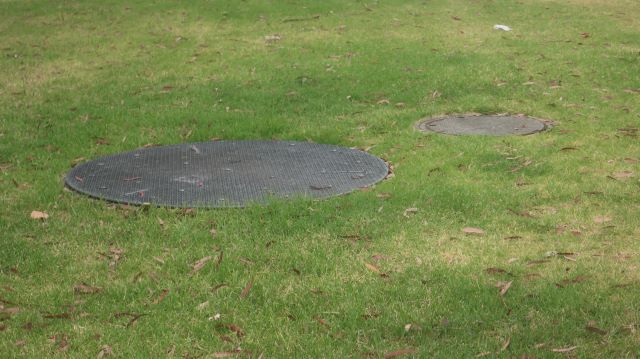
Lost wetland in Port Melbourne
In many ways, my life has been shaped by living opposite the former Sandridge Lagoon in Port Melbourne.
This lagoon has shaped not only my life, but the history of Port Melbourne as well. It is likely to continue to influence its future.
The Sandridge Lagoon was described as ‘tapering’. The long, narrow lagoon did not open to the sea in the early days of colonisation. It stretched from near the shore to Ingles St, where Brûlée Patisserie is today. It was an ephemeral lagoon, with rising and falling water levels, as discussed last week.
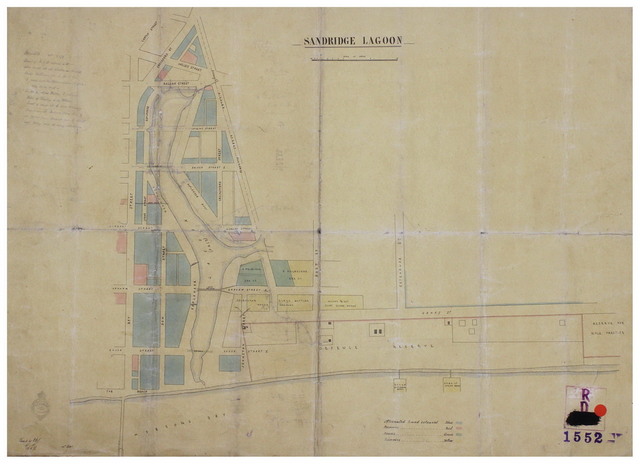
In colonial times waste water from the more elevated South Melbourne made its way down the (Emerald) Hill into the low lying Sandridge Lagoon. Very soon the lagoon became fetid. Citizens and councillors campaigned for years for something to be done about the ‘malodorous’ lagoon. After decades of protracted wrangling over the allocation of responsibilities, and who should pay for a solution, the Lagoon was progressively filled. The reclaimed land was used for housing, with two areas set aside for public parks – Edwards Park and Lagoon Reserve.
Of course, at that time there was little thought given to what would now be called ‘the natural values’ of the lagoon. Increasingly, attention is turning to the role that nature based solutions, including wetlands, can play in addressing the multiple challenges of climate change.
Apart from Josephine Liardet’s nostalgic recollections – “The lagoon was covered with wild ducks and in the trees were cockatoos, plovers, pigeons”, the Sandridge Lagoon as it was before colonisation must be an imaginative place.
Nevertheless, the topography and hydrology of the area remains and plays out in contemporary ways. The rain that falls and funs off the hard surfaces still makes its way down the hill. Stormwater, along with all the debris in its path, goes into the entry pit via the kerb and channel.

This week, Esplanade West in Port Melbourne has been a flurry of activity as various contractors with powerful suction vacuums have been sucking up the silt and other debris in the stormwater pits.
In Edwards Park, the lid is lifted and and the ‘malodour’ of the decaying vegetation wafts over the park. The grab bucket descends the shaft again and again with a dripping mess of leaves, bits of plastic and silt. The solid material is loaded onto the truck and taken away.
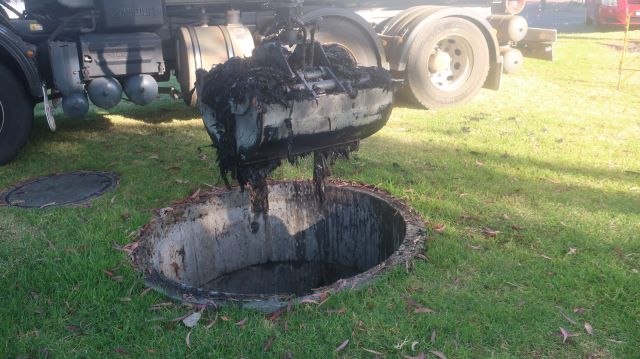
Vast stormwater pipes run under Esplanade West. They lead to the Port Melbourne Drainage Pumping Station.
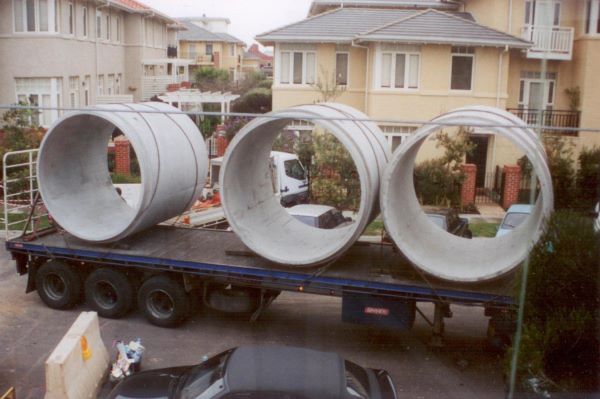
In the Pumping Station, blank wall to the street, there are pumps below ground level that boost stormwater out into the Bay. The pumps automatically kick in whenever it rains.
At high tide and when onshore winds are strong, the sea pushes back up the pipes. If heavy flows of stormwater are rushing through the pipes at the same time, there is potential for flooding.
The Pumping Station is a critical piece of infrastructure to protect this low lying part of Port Melbourne from flooding. Melbourne Water has conducted an assessment and decided that the pumps need replacing. Temporary pumps are being installed while the final design is resolved.
This week storms swept the state causing transmission lines to fall to the ground. Winds of 106 km p/h (WSW) were recorded at St Kilda at 2.18pm on Tuesday 13th. Recent storms and fires are reminders of our dependence on vital infrastructure.
We can play a small role in optimising our drainage infrastructure on which we rely by keeping the kerb and channel free of silt and debris, planting gardens and nature strips to absorb rain as it falls, and encouraging the take up of water sensitive design.


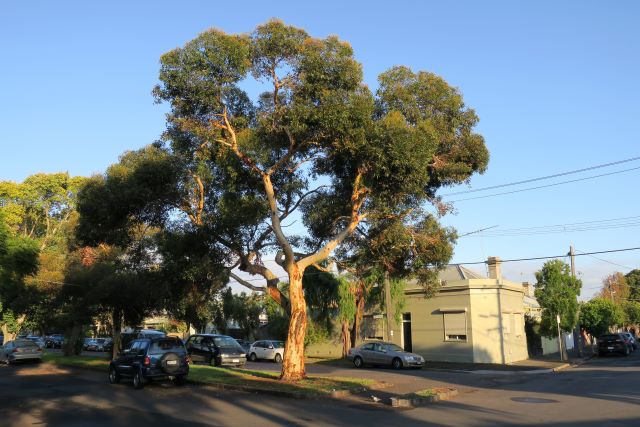
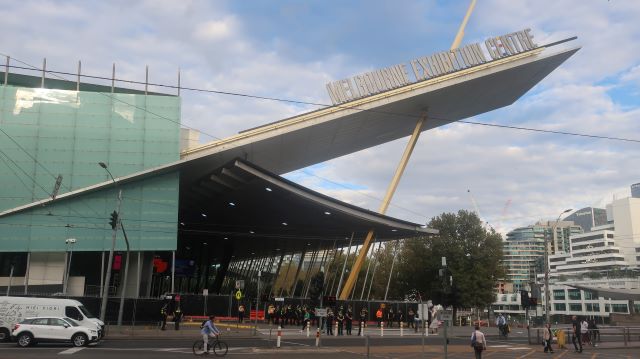
Leave a Reply